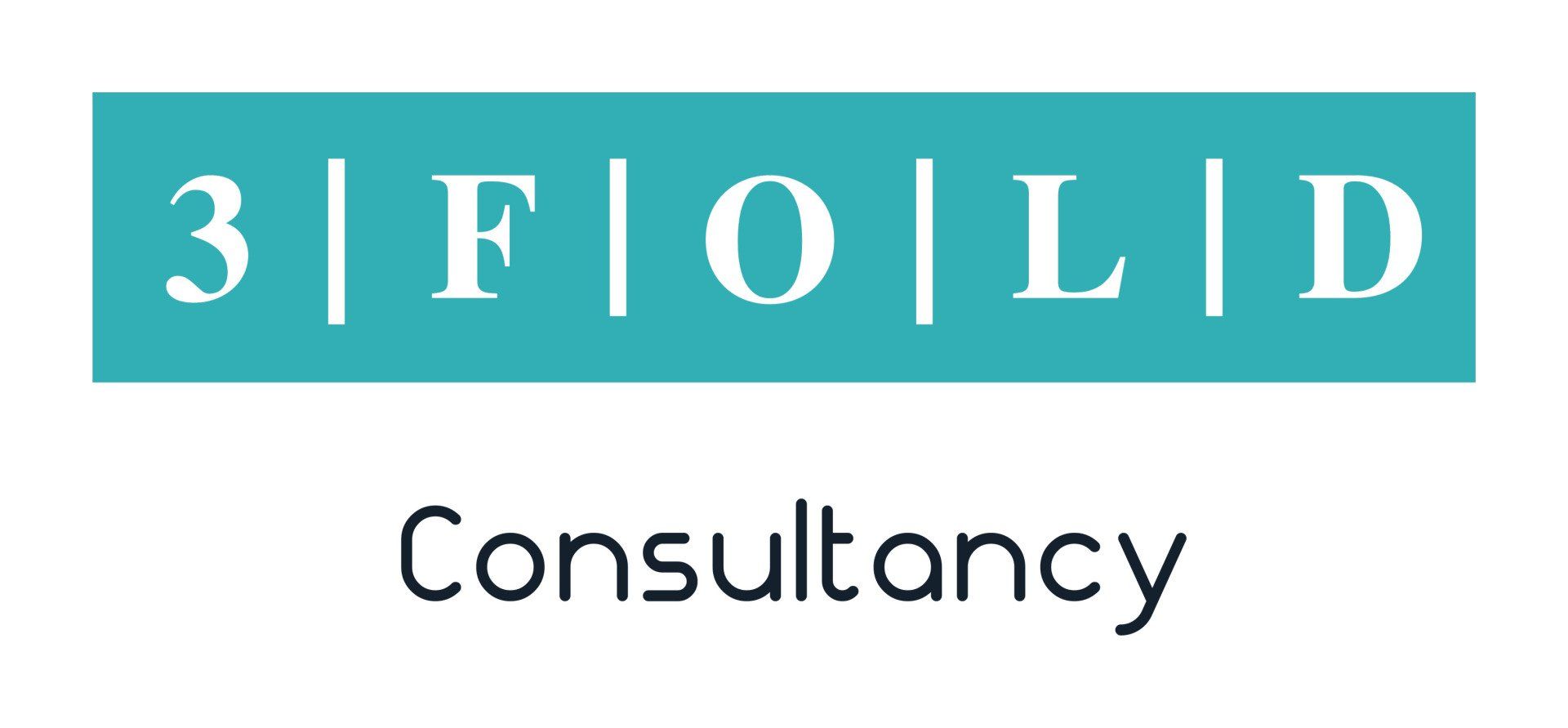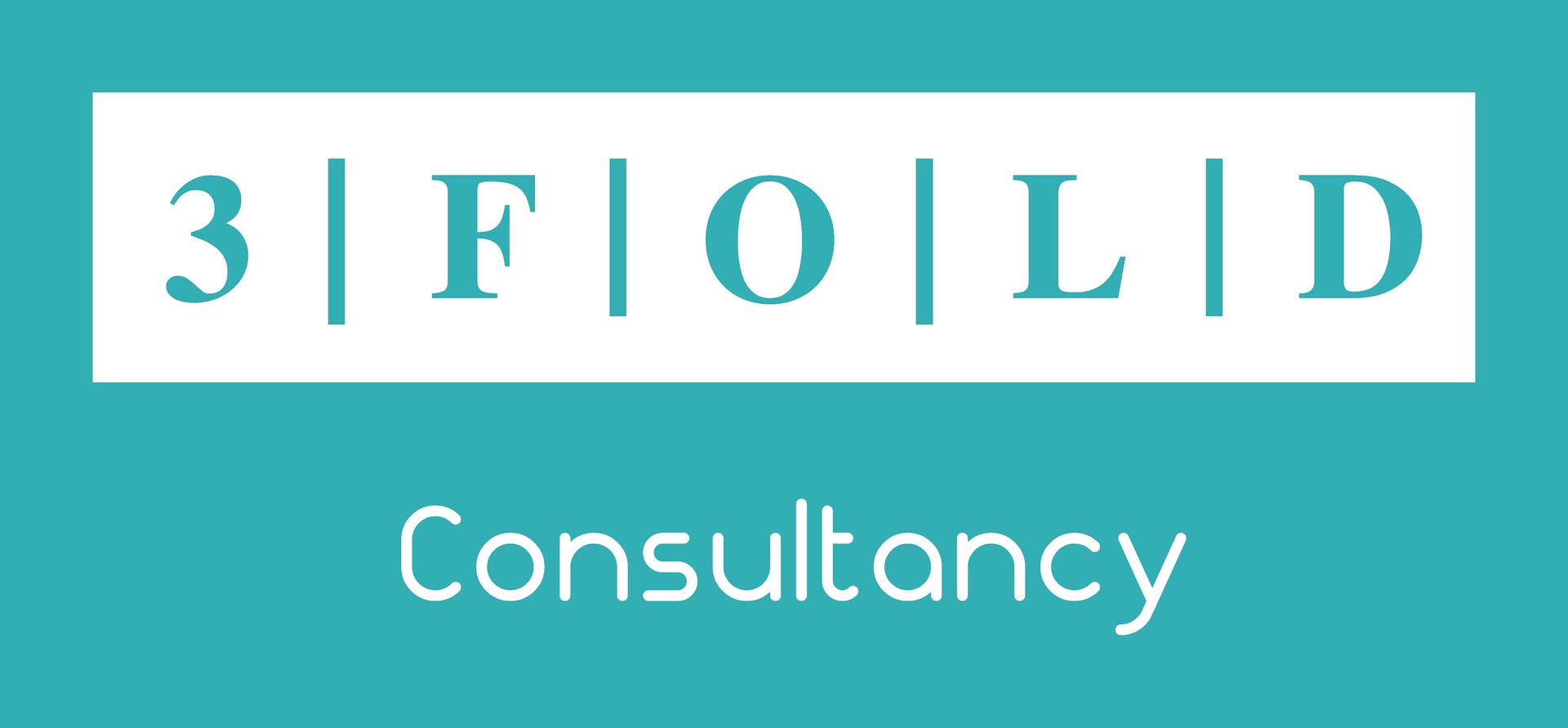The Future of Agile in the Netherlands
Agile Isn't Dead, It's Evolving!
Agile methodologies have become a popular choice for Dutch businesses, but navigating their implementation can be tricky.
There are voices that say Agile is dead, due to frustration, bad implementation or maybe negative experiences.
And lets be honest, who does not have negative experiences in workplaces and or with bad implementations?
Even so, data and statistics shows a stable increase in Agile adoption in the Netherlands.
We can also understand the bad image of Agile due to the fact that Agile frameworks and practices, uncover the pains that were already there. Agile often gets the blame. Next to the fact that the Agile was of working requires a new kind of leadership and is in fact also a cultural change. Agile implementation leads to disruptions of processes and bold decisions are needed for new business structures to be able to emerge and reap all the benefits. Often leadership feels loss of control or gets plane scared and the knee jerk reaction is to go back to familiarity that creates even more chaos and Agile gets the blame.
Here at 3fold, we've helped companies achieve operational excellence for over 17 years, and we've seen firsthand the power of Agile – but also the potential roadblocks.
Think of Agile as a growing plant, not a rigid system. The key is to find the right approach for your unique needs. Agile Isn't Dead, It's Evolving!
As we look towards 2025-2030, the Agile landscape in the Netherlands is evolving rapidly, presenting both exciting opportunities and significant challenges.
This article explores:
- The current state of Agile adoption,
- Emerging trends
- Potential hurdles that organizations may face in the coming years.
Current State and Adoption
The Agile transformation in the Netherlands is well underway, with 75% of Dutch companies adopting Agile methodologies (Xebia, 2021). This shift is driven by the need for increased flexibility, faster time-to-market, and improved customer satisfaction. The Dutch business environment, known for its innovation and openness to change, is well-positioned to lead in Agile adoption.
Agile adoption in the Netherlands is at a mature stage, with a strong presence across industries. Approximately 92% of surveyed organizations worldwide, including Dutch companies, have embraced Agile methodologies. This reflects significant growth, spurred by benefits such as faster time-to-market, improved product quality, and enhanced customer satisfaction. The Netherlands, known for its innovative and flexible corporate culture, has been an active adopter of Agile, applying it not only in IT but also in fields like marketing, HR, and finance.
The most widely used frameworks in Dutch organizations include Scrum and Kanban, which offer simplicity and adaptability. The Scaled Agile Framework (SAFe) has gained traction for scaling Agile practices in larger organizations. However, some challenges persist, such as resistance to change, superficial Agile implementation, and skill gaps within teams. Overcoming these challenges requires strong leadership support, targeted training, and fostering a culture of collaboration.
Additionally, Dutch organizations are exploring the integration of Agile with emerging technologies like artificial intelligence, which can further streamline workflows and improve efficiency. This trend indicates a forward-thinking approach in leveraging Agile to address the demands of a fast-paced, innovation-driven economy.
Key Trends Shaping the Future of Agile in the Netherlands
1. **Scaling Agile:** As organizations grow, the need for scaling Agile frameworks like SAFe or LeSS becomes crucial. This trend will continue to gain momentum, with more Dutch companies adopting these frameworks to coordinate multiple teams and achieve enterprise-wide agility (CGI, 2023).
2. **AI and Automation Integration:** Dutch organizations are leveraging AI to automate routine tasks within Agile teams, freeing up time for more complex problem-solving. This integration will streamline Agile processes and enhance decision-making (Innovify, 2024).
3. **Remote and Hybrid Work:** The rise of remote and hybrid work models necessitates a renewed focus on Agile principles to foster collaboration and transparency across geographically dispersed teams (SPF Consulting, 2024).
4. **Customer-Centricity:** Agile methodologies will increasingly be used to create customer-centric products and services, incorporating user feedback and continuously iterating to meet evolving customer needs (Visman, 2024).
5. **Agile Leadership:** Effective Agile leadership will be essential to drive cultural change and empower teams. Leaders will need to embrace Agile values and principles and create environments that encourage experimentation and innovation (SPF Consulting, 2024).
6. **Expansion Beyond IT:** Agile is no longer confined to software development. Sectors like healthcare, education, and government are increasingly adopting Agile practices to enhance flexibility and responsiveness (Visman, 2024).
7. **Data-Driven Decision Making:** Agile teams are increasingly relying on data analytics to track progress and make informed decisions, improving project outcomes (Visman, 2024).
8. **Focus on Sustainability and Inclusion:** Agile methods are being used to promote sustainable practices and enhance diversity and inclusion within teams (Innovify, 2024).
Challenges and Criticisms
Despite the positive trends, several challenges and criticisms have emerged:
1. **Cultural and Organizational Resistance:** The clash between Agile principles and existing corporate cultures, especially in traditional organizations, can hinder successful implementation (Annosi & Foss, 2021).
2. **Superficial Adoption:** Some organizations adopt Agile superficially, focusing on rituals without embedding its values, leading to a "mechanical Agile" approach that fails to deliver the promised benefits.
3. **Lack of Leadership Support:** Effective Agile transformation requires buy-in from top executives, which is not always present (De Wit & Meyer, 2010).
4. **Skill Gaps and Misaligned Training:** Insufficient experience with Agile practices or poor training programs often leave teams unprepared to handle real-world challenges (Highberg, 2023).
5. **Overemphasis on Speed Over Quality:** Critics argue that Agile sometimes prioritizes rapid delivery at the expense of thorough planning and quality assurance.
6. **Customer and Stakeholder Misalignment:** Agile relies on close collaboration with stakeholders, which is not always feasible, potentially creating bottlenecks in workflows.
7. **Challenges in Scaling:** Scaling Agile across large organizations can be complex, requiring careful planning and execution (Larman & Basili, 2004).
8. **Difficulty in Measuring Success:** Traditional metrics may not be suitable for measuring Agile success, leading to challenges in evaluating the impact of Agile initiatives (Dyba & Dingsøyr, 2008).
Looking Ahead: Opportunities and Recommendations
To overcome these challenges and maximize the benefits of Agile, Dutch organizations should consider the following:
1. Foster a culture of continuous improvement and embrace a growth mindset.
2. Invest in comprehensive training and development programs to equip employees with necessary Agile skills.
3. Ensure strong leadership support and create an environment that encourages innovation and collaboration.
4. Adopt appropriate Agile metrics to measure the impact of Agile practices effectively.
5. Tailor Agile approaches to fit specific organizational needs rather than applying one-size-fits-all solutions.
6. Focus on change management to address cultural resistance and ensure sustainable Agile transformation.
The future of Agile in the Netherlands is promising, but success will depend on thoughtful implementation, ongoing adaptation, and a commitment to addressing the challenges that are made transparent. By embracing these trends and adapting to the changing landscape, Dutch organizations can unlock the full potential of Agile and achieve sustainable success in the years to come.
Michael Morcos & Ivon Reveco





